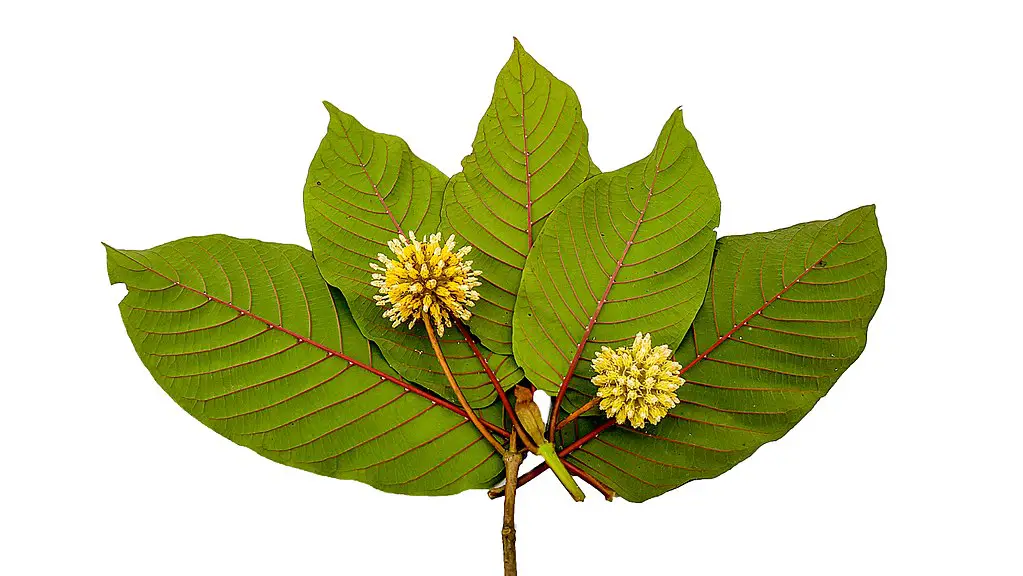Those who are looking for painless circumcision treatment have plenty of options at circumcision centre. These treatments can include those that use needles and can also be done with lasers. Whatever your choice, you will need to ensure that the treatment is safe and effective. This is important because a painful procedure could have a negative impact on your health.
Reduction in risk of urinary tract infections
Several studies have indicated that circumcision reduces the risk of urinary tract infections. Bacteria cause infections. These bacteria can ascend into the urinary tract system and cause diseases such as sepsis and kidney infections. Although antibiotics usually cure most infections, they may recur, causing further complications. These infections can also occur in the mother and fetus, resulting in anemia, low birth weight, and stillbirth.
A meta-analysis of 14 studies concluded that circumcision reduces the risk of UTI in boys. The results show a statistically significant reduction in the rate of UTIs in circumcised boys. The rate of UTI decreased more rapidly in boys than girls. However, the prevalence of UTIs increased in older boys.
The researchers used several methods to assess the quality of studies. These methods included a random effects model, which used a summary odds ratio to estimate the number of UTIs prevented. A multivariable model included a propensity score to help account for confounding. The model also included an adjustment for age, race, and method of delivery.
The results showed that circumcision decreased the risk of UTI by about 80 percent. This number was derived by comparing the rate of UTI in boys circumcised and uncircumcised. However, there were some concerns regarding the quality of the data. There were also concerns about the bias associated with observational studies.
The study used a random effects model to estimate the odds ratio of the difference in the rate of UTI between circumcised and uncircumcised boys. The odds ratio was comparable in all three studies. However, the number needed to treat with circumcision was 37. When the study included other sequelae, the number decreased to 25.
The study also found that circumcision decreased the risk of prostate cancer and cervical cancer. The incidence of HPV, the virus responsible for cervical cancer, was reduced. These studies indicate that circumcision can reduce infections, but the number of circumcisions required to prevent UTIs is relatively tiny.
The study also found that the risk of UTI was significantly higher in uncircumcised boys. These boys also had a higher rate of urinary organ evaluation and renal ultrasounds than circumcised boys. The overall rate of hospitalization was also significantly higher for uncircumcised boys.
Reduction in chances of sexually transmitted diseases
Several studies have shown that male circumcision can reduce the chance of sexually transmitted diseases. The most important STIs to avoid are chlamydia, gonorrhea, and herpes simplex. However, many other STIs do not cause symptoms and can lead to more severe health problems.
An estimated one million people get a sexually transmitted infection (STI) every day. Many infections are curable, but others can cause serious health problems and even death.
One study found that circumcision can reduce the risk of genital herpes and HPV infections. These infections cause genital warts and cervical cancer. Among males, circumcision is associated with a 25 percent reduction in genital herpes and a 35 percent reduction in HPV infections. However, the risk of HIV infection is higher among uncircumcised males.
A new device called PrePex has recently been developed to make male circumcision painless. The device is designed to compress the foreskin using two rings. It squeezes the foreskin non-painful, causing the blood supply to the skin to die. The skin then falls off, leaving the penis virtually odor free.
CircMedTech has been granted approval to market the PrePex device in the European Union. The device is also being investigated by the World Health Organization.
A study in Uganda found that circumcision reduced HIV risk for the heterosexual sex. However, a study in the Tobian region of Africa found no evidence that circumcision reduces the risk of syphilis.
The Tobian study will appear in the March 26 issue of the New England Journal of Medicine. In addition, the study showed that circumcision reduces the risk of cervical cancer in female partners.
The Centers for Disease Control and Prevention recently reviewed newborn circumcision rates in the U.S. and found that the rate is lower among Hispanic patients than among other ethnic groups. However, teenage girls have the highest rates of STIs. Check out for baby circumcision cost.
In addition, some STIs can increase the risk of HIV infection for HIV-negative people. HIV affects the liver and increases the risk of other STIs. While HIV is curable, people living with HIV are at a higher risk of developing other STIs, including chlamydia.
Foreskin restoration
Surgical and nonsurgical foreskin restoration is a method of stretching the skin on the penis to increase its length and increase its gliding action. It restores the original appearance of the foreskin, but it does not restore the ridged band or the frenulum.
Nonsurgical foreskin restoration involves stretching the skin using tapes, elastic straps, or a traction device. This process is inexpensive and can be done manually. Surgical “touch-up” procedures also recreate the tightening function of the frenulum. These procedures are not effective in all cases.
Surgical procedures, however, have proven effective in many cases. In fact, 94% of participants reported that their sex life improved after the procedure.
The procedures generally involve stretching the skin, followed by creating a new layer of skin over the glans. During this process, new cells are created, which add to the overall quantity of skin.
Men who have undergone foreskin restoration often report a smoother glans, as well as a greater feeling of sensitivity. Men also report a more comfortable sensation when wearing clothing and less friction during sexual intercourse.
Men may also choose to restore their foreskins for religious or other reasons. A man’s foreskin is connected with masculinity and the ideal male physique. The foreskin is also beautiful to women. Women are four times more likely to experience orgasm with a man with foreskins.
A man’s foreskin also has specialized nerve endings and blood vessels. Without the foreskin, a man cannot have a normal sensations. This makes the foreskin important for sexual activity.
Nonsurgical foreskin restoration was developed during the 1970s. Several devices were developed, including elastic straps, tape, weights, and balloons. These devices are designed to stretch the skin to a certain length and then to grip it.
The National Organization of Restoring Men (NORM) helps men who want their foreskins back. The organization has members throughout the United States, Canada, and Australia. NORM members use various methods to restore their foreskins. Paul Griffiths founded the organization in San Francisco.
Recovery time

Typically, recovery time for painless circumcision can be anywhere from three to six weeks. The exact time length depends on the procedure type and individual patient.
During the first few days, the penis may feel sensitive. This is normal. You should avoid vigorous exercise for three to four days. You should also avoid heavy lifting and major examinations during this time.
After a day or two, the bandage will be removed. You may also use an ice pack to reduce swelling. You may also need to apply antibiotic ointment. You may also want to consider using a condom to prevent infection.
You should avoid sex for at least two weeks following circumcision. This is necessary to allow the scar to heal. In addition, you should be careful to keep the area clean. If you experience any problems, you should contact your doctor right away.
You may also experience some swelling around the incision. The scrotum will also be swollen. You may also see a yellow-whitish film on the head of the penis.
The skin between the circumcision and the head of the penis will be pink. You should use gentle soap to wash this area.
Some swelling and bruising around the surgical site is normal. This is especially common in the first few days. You may also see a yellow piece of tape.
After a day or two, you may also need to change the dressing. This will typically be placed on the surgery site for two days. It should be changed twice daily. If the dressing gets wet, you should apply an antibiotic ointment.
You may also be prescribed a mild pain reliever. However, you should not take painkillers for four to seven days. You should also avoid using alcohol because it reduces the effectiveness of the local anesthetic.
You will also need to rest for one week. This is especially important if you work on a seated basis. If you have a lot of heavy lifting, you may need to take a week off work.




